Chenjiao Tan
On the Promises and Challenges of Multimodal Foundation Models for Geographical, Environmental, Agricultural, and Urban Planning Applications
Dec 23, 2023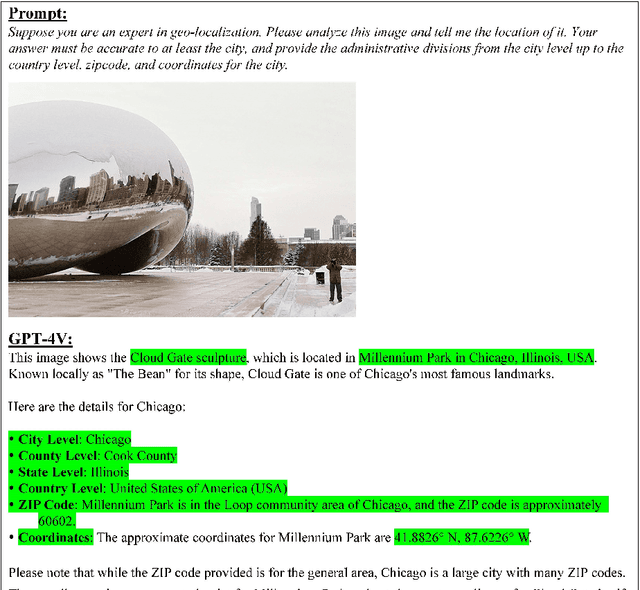
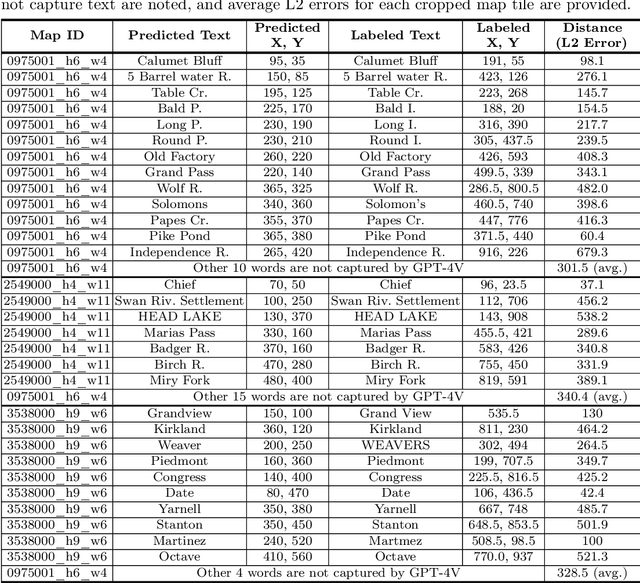
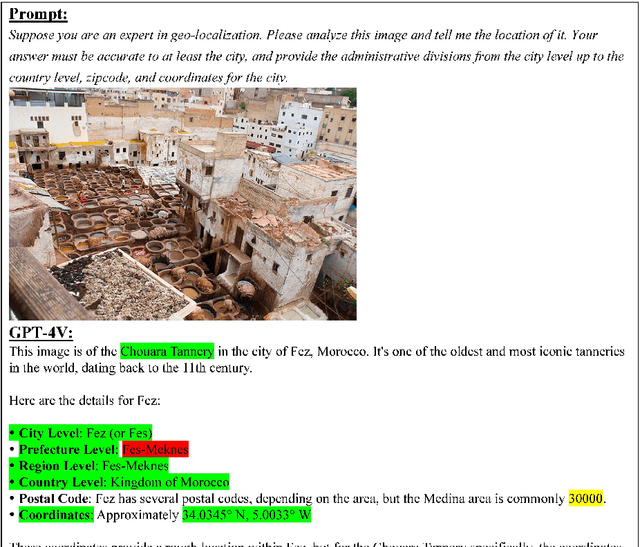
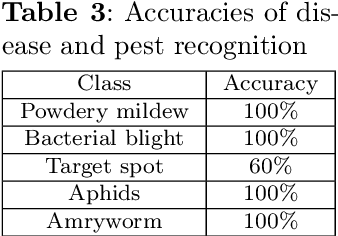
Abstract:The advent of large language models (LLMs) has heightened interest in their potential for multimodal applications that integrate language and vision. This paper explores the capabilities of GPT-4V in the realms of geography, environmental science, agriculture, and urban planning by evaluating its performance across a variety of tasks. Data sources comprise satellite imagery, aerial photos, ground-level images, field images, and public datasets. The model is evaluated on a series of tasks including geo-localization, textual data extraction from maps, remote sensing image classification, visual question answering, crop type identification, disease/pest/weed recognition, chicken behavior analysis, agricultural object counting, urban planning knowledge question answering, and plan generation. The results indicate the potential of GPT-4V in geo-localization, land cover classification, visual question answering, and basic image understanding. However, there are limitations in several tasks requiring fine-grained recognition and precise counting. While zero-shot learning shows promise, performance varies across problem domains and image complexities. The work provides novel insights into GPT-4V's capabilities and limitations for real-world geospatial, environmental, agricultural, and urban planning challenges. Further research should focus on augmenting the model's knowledge and reasoning for specialized domains through expanded training. Overall, the analysis demonstrates foundational multimodal intelligence, highlighting the potential of multimodal foundation models (FMs) to advance interdisciplinary applications at the nexus of computer vision and language.
Towards Artificial General Intelligence (AGI) in the Internet of Things (IoT): Opportunities and Challenges
Sep 14, 2023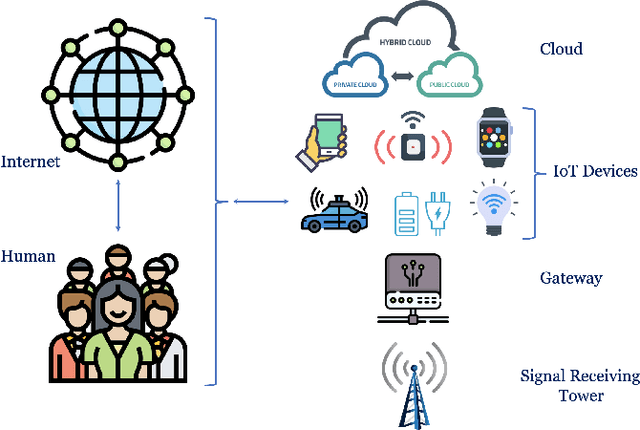
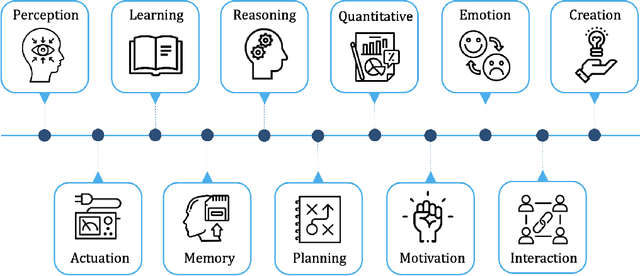
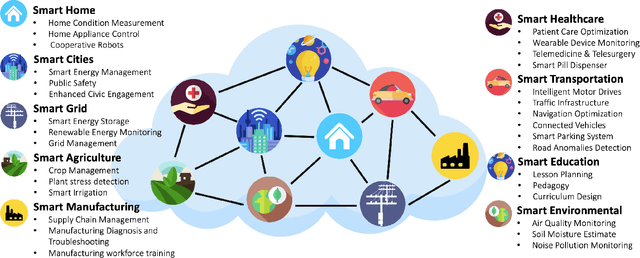
Abstract:Artificial General Intelligence (AGI), possessing the capacity to comprehend, learn, and execute tasks with human cognitive abilities, engenders significant anticipation and intrigue across scientific, commercial, and societal arenas. This fascination extends particularly to the Internet of Things (IoT), a landscape characterized by the interconnection of countless devices, sensors, and systems, collectively gathering and sharing data to enable intelligent decision-making and automation. This research embarks on an exploration of the opportunities and challenges towards achieving AGI in the context of the IoT. Specifically, it starts by outlining the fundamental principles of IoT and the critical role of Artificial Intelligence (AI) in IoT systems. Subsequently, it delves into AGI fundamentals, culminating in the formulation of a conceptual framework for AGI's seamless integration within IoT. The application spectrum for AGI-infused IoT is broad, encompassing domains ranging from smart grids, residential environments, manufacturing, and transportation to environmental monitoring, agriculture, healthcare, and education. However, adapting AGI to resource-constrained IoT settings necessitates dedicated research efforts. Furthermore, the paper addresses constraints imposed by limited computing resources, intricacies associated with large-scale IoT communication, as well as the critical concerns pertaining to security and privacy.
 Add to Chrome
Add to Chrome Add to Firefox
Add to Firefox Add to Edge
Add to Edge